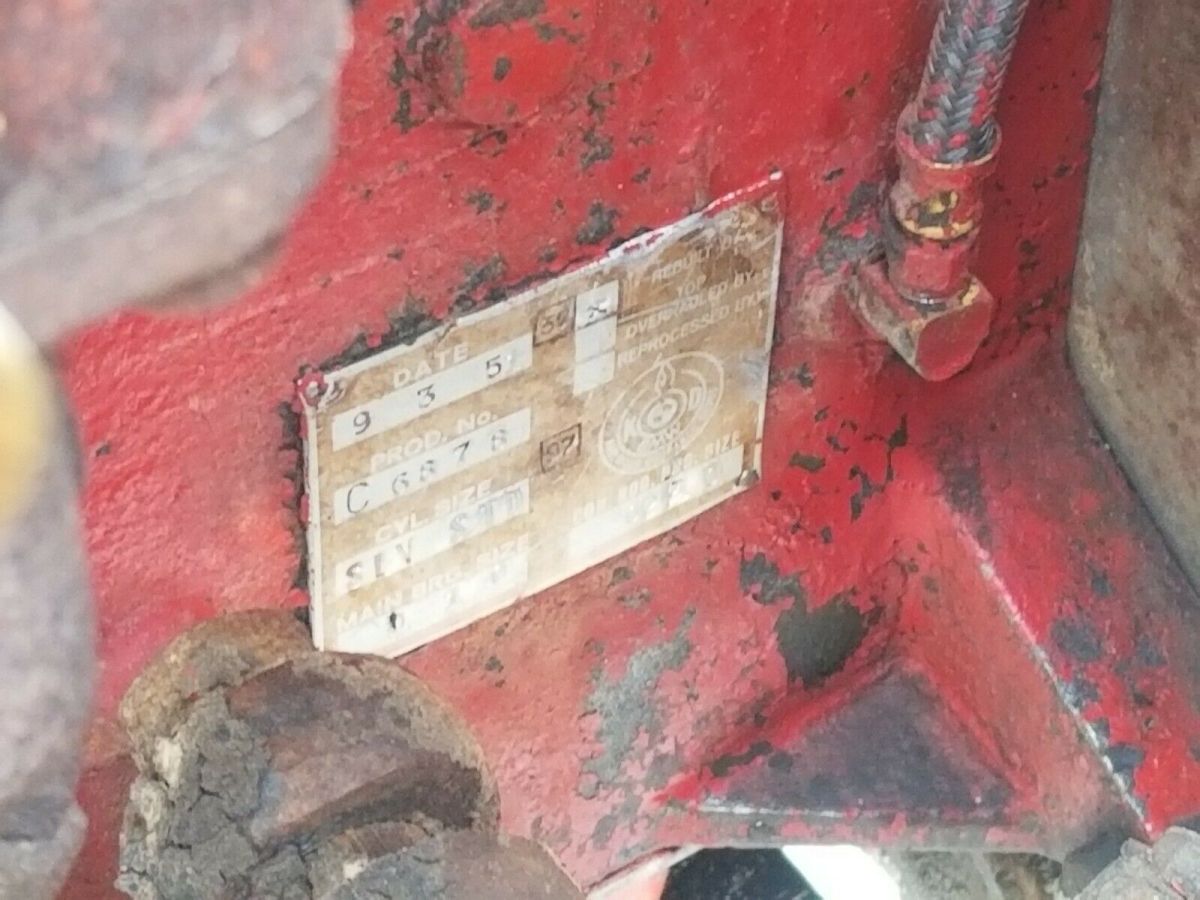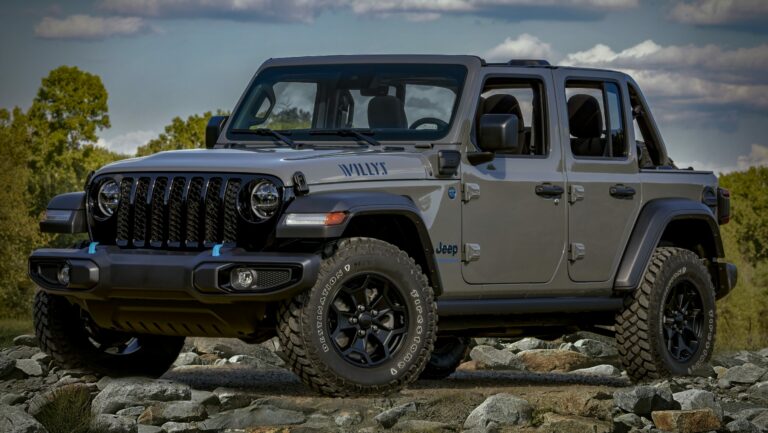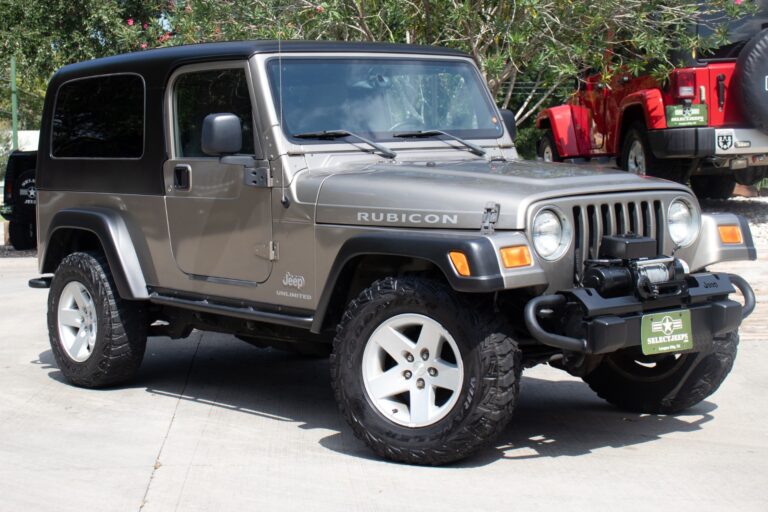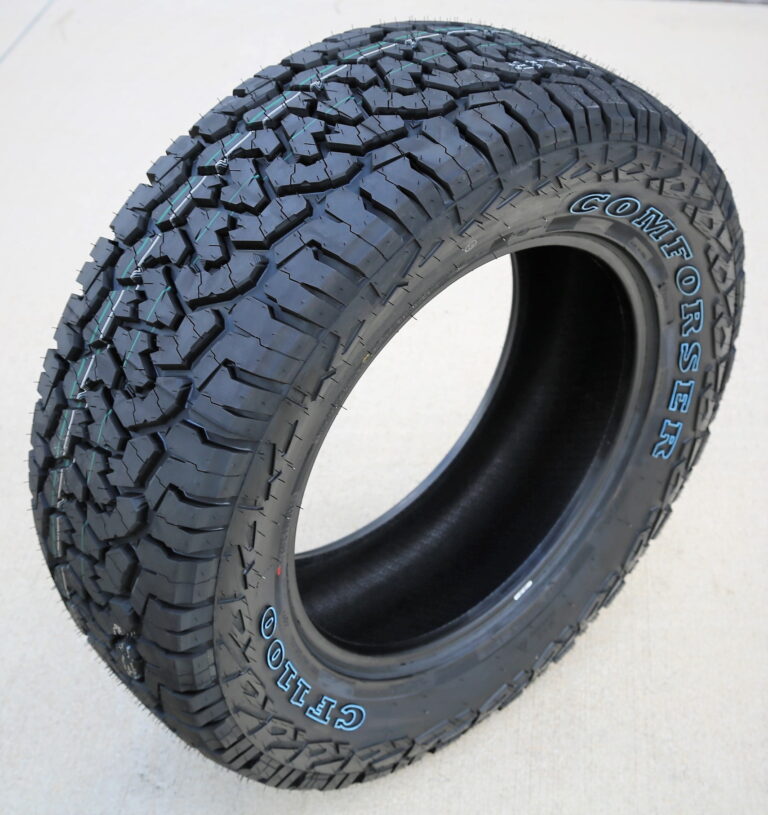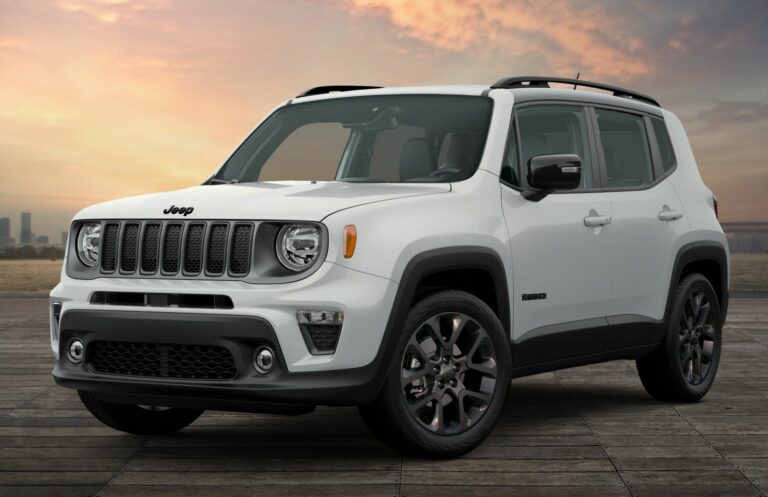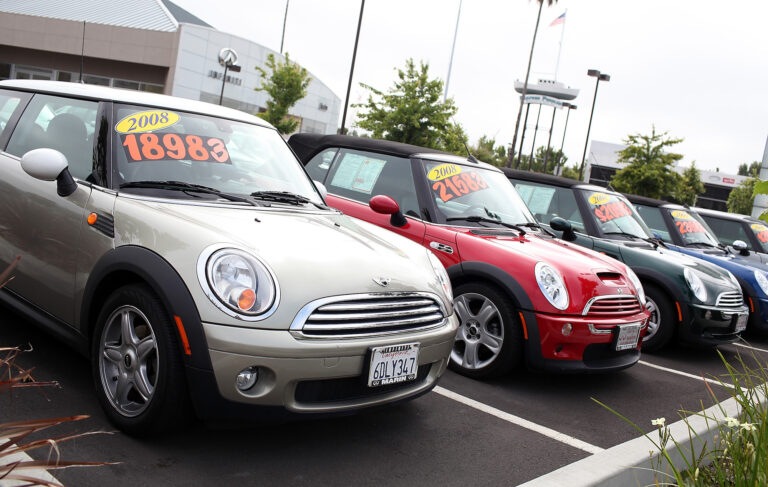1944 Jeep Willys For Sale: Your Guide to Owning a Piece of WWII History
1944 Jeep Willys For Sale: Your Guide to Owning a Piece of WWII History jeeps.truckstrend.com
The year 1944 was a pivotal point in World War II, and rolling off the assembly lines to serve on every front was an unassuming yet indomitable hero: the Willys MB (and its Ford-built counterpart, the GPW) Jeep. More than just a utility vehicle, the Jeep became an enduring symbol of American ingenuity, resilience, and freedom. Today, the prospect of finding a "1944 Jeep Willys For Sale" isn’t just about acquiring a vehicle; it’s about investing in a tangible piece of history, a mechanical marvel that shaped the modern world and laid the groundwork for every SUV that followed.
For enthusiasts, collectors, and history buffs, the search for a 1944 Willys Jeep is an exciting journey into a bygone era of robust, no-nonsense engineering. This comprehensive guide aims to equip you with the knowledge and insights needed to navigate the market, understand what you’re buying, and ultimately, bring home your own iconic piece of military heritage.
1944 Jeep Willys For Sale: Your Guide to Owning a Piece of WWII History
I. The Enduring Legacy of the 1944 Willys Jeep
The story of the Willys Jeep began in 1940, when the U.S. Army sought a lightweight, reconnaissance vehicle. Willys-Overland, along with American Bantam and Ford, submitted prototypes. While Bantam designed the initial concept, Willys’ "Go-Devil" engine proved superior, leading to their mass production contract. Ford also produced the vehicle, designated GPW, to meet the immense wartime demand, often incorporating their "F" script on parts for easy identification.
1944 was a year of peak production and intense deployment for these vehicles. By this point, the Jeep had proven its worth countless times over, serving as a troop carrier, ambulance, reconnaissance vehicle, command car, and even a makeshift generator. Its rugged simplicity, reliable 4×4 system, and ability to traverse almost any terrain earned it legendary status among soldiers. Post-war, these Jeeps found new lives as civilian workhorses, agricultural vehicles, and eventually, highly prized collector’s items. Owning a 1944 model connects you directly to that crucial period of history, embodying the spirit of determination and functionality.
II. What to Look For: Key Features and Originality
When considering a 1944 Jeep Willys for sale, understanding its original features and assessing its current state of originality are paramount to determining value and authenticity.
- Engine: The heart of the MB/GPW is the 134 cubic inch (2.2L) "Go-Devil" L-head (flathead) four-cylinder engine. It’s known for its robust, low-end torque and reliability, rather than speed. Ensure it’s the correct engine type, though many may have undergone rebuilds.
- Drivetrain: Look for the original T-84 three-speed manual transmission and the two-speed Dana 18 transfer case, providing high and low range 4×4 capabilities. The axles should be Dana 25 (front) and Dana 27 (rear).
- Body: The iconic flat-fendered body is instantly recognizable. Key features for 1944 models include the pressed-steel grille (later Ford GPWs had a slat grille but by ’44 most were stamped), the recessed headlights, and the specific tool indents on the driver’s side (for shovel and axe). Look for the correct style of seats, often simple canvas over frames.
- Chassis: The ladder frame is incredibly strong. Inspect for rust, especially where the body mounts to the frame, and for any signs of accident damage or poor repairs. The suspension consists of leaf springs at all four corners.
- Identifying Originality:
- Data Plates: Crucial for authenticity. Willys MBs have a serial number plate on the firewall/dash, indicating the vehicle number and date of delivery. Ford GPWs have similar plates. Cross-referencing these numbers with production records can verify the year.
- "F" Script (Ford GPW): If it’s a Ford GPW, many components (bolts, small parts, body panels, etc.) should have a small "F" script stamped on them. The absence of these can indicate replacement parts or a "parts Jeep" masquerading as an original.
- Willys Stampings: Willys MBs will have "Willys" or "MB" stamped on various components.
- Gauges & Controls: Original Jeeps used specific Stewart-Warner gauges and a basic layout of controls.
- Common Modifications: Be aware that many Jeeps have been converted to 12-volt electrical systems (from original 6-volt), had engine swaps, modern seats, or non-original paint schemes. While these may affect value for purists, they can make the Jeep more practical for regular driving.


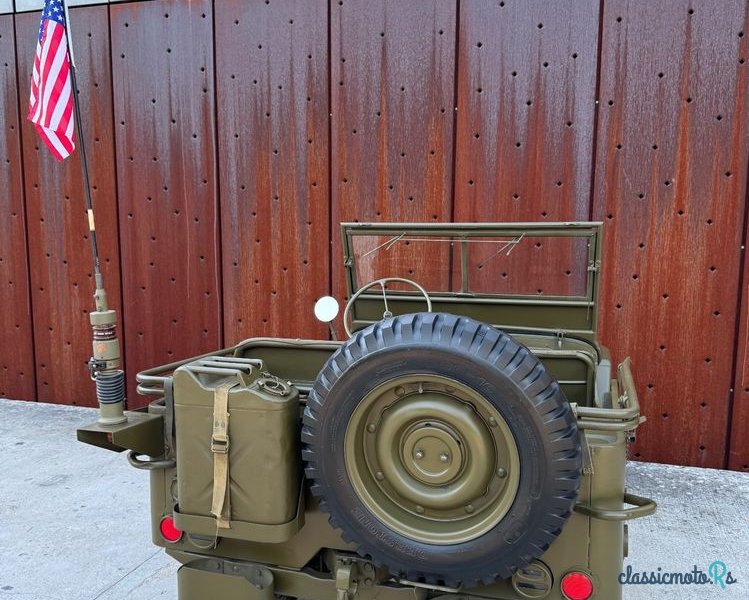
III. The Condition Spectrum: From Barn Find to Concourse Restoration
The price and effort required for a 1944 Willys Jeep vary drastically depending on its condition. Understanding these categories will help set realistic expectations.
- Project Vehicle/Barn Find: These are typically non-running, incomplete, or heavily rusted. They require extensive mechanical and body work, often missing key components.
- Pros: Lowest purchase price, a blank canvas for a personalized restoration.
- Cons: Significant time, money, and expertise required. Can quickly become a money pit if unprepared.
- Driver Quality: These Jeeps are running and driving, but may have cosmetic flaws, some rust, or non-original parts. They are functional and can be enjoyed immediately.
- Pros: Affordable entry point, usable right away, can be improved over time.
- Cons: May still require ongoing maintenance and minor repairs. Authenticity may be compromised.
- Restored (Driver/Show Quality): These vehicles have undergone professional or amateur restorations, often to a high standard. They look great and run well, aiming for historical accuracy but perhaps not 100% perfect.
- Pros: Ready to show or drive, less immediate work needed, higher resale value.
- Cons: Higher purchase price. Minor imperfections might still exist.
- Concourse/Museum Quality: These are flawless, historically accurate restorations, often done to exacting standards with correct NOS (New Old Stock) parts and period-correct finishes. They are typically trailered to shows and rarely driven extensively.
- Pros: The pinnacle of originality and presentation, highest appreciation potential.
- Cons: Highest purchase price, often too valuable to drive regularly, high maintenance to keep in pristine condition.
IV. Navigating the Market: Where to Find a 1944 Willys Jeep For Sale
Finding the right 1944 Willys Jeep requires patience and knowing where to look.
- Online Marketplaces:
- Specialized Classic Car Sites: Hemmings, ClassicCars.com, Bring a Trailer (for higher-end or unique examples).
- Auction Sites: eBay Motors can have a wide range, from projects to restored.
- General Classifieds: Craigslist (local finds, but be cautious).
- Specialized Forums & Clubs: Websites like G503.com are invaluable resources. They host classified sections, offer expert advice, and connect you with a community of military vehicle enthusiasts. Joining a local Military Vehicle Preservation Association (MVPA) chapter is also highly recommended.
- Auctions: Major classic car auctions (Mecum, Barrett-Jackson) occasionally feature well-restored examples, though they are less common than for other classic cars.
- Dealers: Some classic car dealerships specialize in military vehicles or have a good network for sourcing them.
- Word-of-Mouth: Networking within the classic car and military vehicle communities can uncover private sales.
When searching, use specific keywords: "1944 Willys MB," "1944 Ford GPW," "WWII Jeep," "Military Jeep," "Vintage 4×4."
V. Important Considerations Before You Buy
Purchasing a vintage military vehicle is a significant undertaking. Keep these points in mind:
- Budget: Beyond the purchase price, factor in potential restoration costs, shipping, registration, insurance, and ongoing maintenance. A "cheap" Jeep can quickly become expensive.
- Pre-Purchase Inspection (PPI): Unless you are an expert, hire a specialist (ideally someone familiar with vintage military vehicles) to conduct a thorough inspection. They can identify hidden rust, mechanical issues, and verify authenticity.
- Documentation: Request all available documentation, including title, previous ownership history, and any restoration records or receipts. A clear title is essential for registration.
- Authenticity vs. Driveability: Decide your priority. Do you want a historically accurate showpiece, or a reliable driver that you can enjoy regularly? Modifications that enhance driveability (e.g., 12V conversion, modern brakes) often detract from originality but can make the Jeep more practical.
- Parts Availability: While many parts for the Willys MB/Ford GPW are reproduced, correct NOS (New Old Stock) parts can be rare and expensive. Familiarize yourself with major suppliers.
- Maintenance: These vehicles are mechanically simple but require regular attention. Be prepared for hands-on maintenance or budget for a trusted mechanic experienced with vintage vehicles.
- Storage: A 1944 Jeep needs covered, dry storage to prevent rust and preserve its condition.
- Insurance: Look into classic car insurance policies, which often offer better coverage and rates for vintage vehicles than standard auto insurance.
VI. Practical Advice for Prospective Owners
- Join a Community: Becoming a member of a forum like G503.com or a local MVPA chapter is perhaps the best advice. You’ll gain access to a wealth of knowledge, parts suppliers, and camaraderie.
- Be Patient: The right Jeep might not appear overnight. Take your time, do your research, and don’t rush into a purchase.
- Factor in Shipping: If buying from out of state, get quotes for professional enclosed vehicle transport.
- Understand Limitations: A 1944 Jeep is not a modern car. It’s slow, lacks modern safety features (seatbelts, airbags), has no power steering or brakes, and offers minimal comfort. It’s an experience, not a daily driver.
- Embrace the History: Owning a 1944 Willys Jeep is about more than just driving. It’s about preserving history, understanding engineering from a different era, and connecting with the legacy of those who served.
Estimated Price Guide for 1944 Willys Jeep MB/Ford GPW For Sale
| Condition Category | Description | Price Range (USD) |
|---|---|---|
| Project/Barn Find | Non-running, significant rust, incomplete, major restoration needed. | $5,000 – $15,000 |
| Driver Quality | Running and driving, functional, minor cosmetic flaws, some non-original parts. | $15,000 – $30,000 |
| Restored (Driver/Show) | Professionally restored, good running condition, high level of originality. | $30,000 – $55,000 |
| Concourse/Museum Quality | Flawless, 100% historically accurate, high originality, often rare. | $55,000 – $80,000+ |
Note: Prices can vary significantly based on specific history (e.g., combat provenance), location, included accessories (trailer, period correct tools), and market demand.
Frequently Asked Questions (FAQ) about 1944 Willys Jeeps
Q1: What’s the difference between a Willys MB and a Ford GPW?
A1: Both are essentially the same vehicle, built to a common specification. Willys-Overland produced the MB, and Ford produced the GPW to meet wartime demand. The primary difference is in the manufacturer’s stampings; Ford GPWs often have a small "F" script on many components, while Willys MBs have "Willys" or "MB" markings.
Q2: Are parts readily available for a 1944 Willys Jeep?
A2: Yes, parts availability is surprisingly good. Many components are reproduced by specialist suppliers, and a strong community exists for finding NOS (New Old Stock) parts or good used originals.
Q3: Can a 1944 Willys Jeep be driven daily?
A3: While technically possible, it’s not recommended. They lack modern safety features, are slow, loud, and uncomfortable for extended driving. They are best suited for short pleasure drives, parades, and shows.
Q4: How do I verify the authenticity of a 1944 Willys Jeep?
A4: Check the data plates (serial number, contract number) on the dashboard/firewall and cross-reference them with production records. Look for manufacturer-specific stampings (e.g., Ford "F" scripts) on various components. A pre-purchase inspection by an expert is highly recommended.
Q5: What are common modifications found on these Jeeps?
A5: Frequent modifications include converting from the original 6-volt to a 12-volt electrical system (for easier starting and accessory use), engine swaps (e.g., to a more modern Willys F-head or even a small V8), modern seats, updated braking systems, and non-original paint schemes.
Q6: Is a 1944 Willys Jeep a good investment?
A6: As a classic vehicle, its value can appreciate, especially for well-restored, authentic examples. However, it’s primarily a passion purchase. The "investment" is often more about the historical significance, the driving experience, and the joy of ownership rather than purely financial returns.
Conclusion
The allure of a "1944 Jeep Willys For Sale" extends far beyond its utilitarian design. It represents an era of unparalleled innovation, sacrifice, and global change. Whether you dream of a meticulously restored museum piece or a rugged, go-anywhere driver, acquiring one of these iconic vehicles is an incredibly rewarding endeavor.
Approach your search with patience, thorough research, and a clear understanding of what you seek. Engage with the passionate community of military vehicle enthusiasts, learn from their collective wisdom, and always prioritize a comprehensive inspection. Owning a 1944 Willys Jeep is more than just possessing a vintage vehicle; it’s about becoming a custodian of history, a guardian of a legend that truly helped win a war and shaped the world we live in. Enjoy the journey, and prepare to welcome a true icon into your life.

